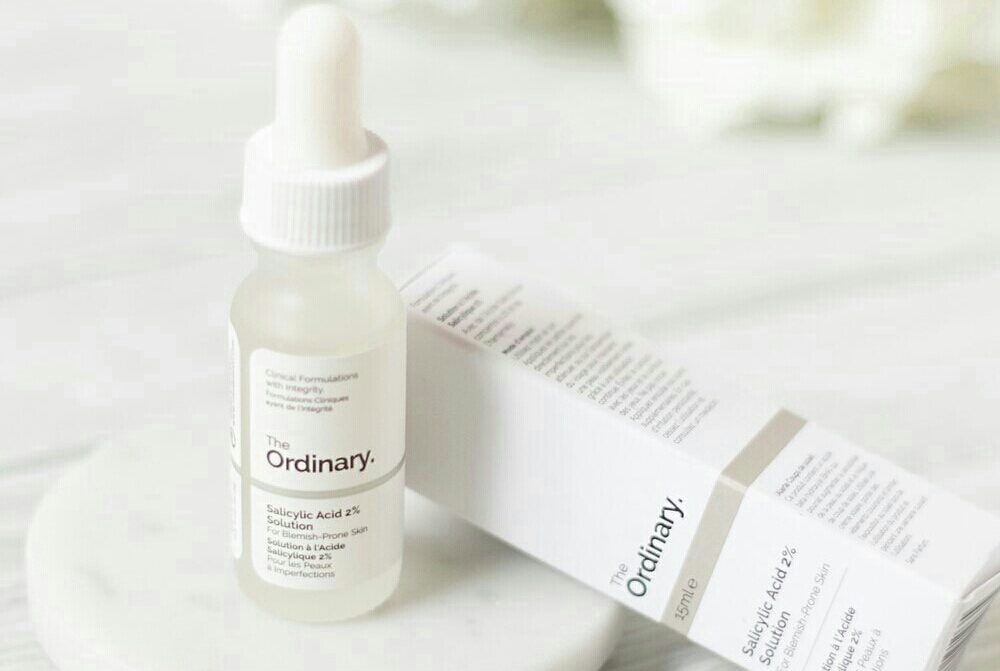Salicylic acid and benzoyl peroxide stand as two of the most renowned ingredients in the battle against acne. Widely accessible without a prescription, both are adept at tackling mild acne and staving off future eruptions.
Curious to learn more about their perks and potential downsides, as well as the best practices for using them and which products to consider? Let’s delve in.
What are the advantages of each ingredient?
Both salicylic acid and benzoyl peroxide excel at clearing away dead skin cells that can congest pores and fuel acne flare-ups.
Salicylic acid
This compound is particularly effective against blackheads and whiteheads. With regular use, it can even thwart the formation of future comedones.
Benzoyl peroxide
The American Academy of Pediatrics deems benzoyl peroxide the most potent non-prescription acne fighter. It shines brightest against the classic red, pus-filled pimples known as pustules.
Moreover, besides unclogging pores and removing excess oil, benzoyl peroxide tackles the acne-causing bacteria lurking beneath the skin’s surface.
What about the associated side effects?
Although the specific side effects can vary between the two, both products are generally considered safe for use. They’re also deemed safe during pregnancy, although individuals allergic to aspirin should steer clear of salicylic acid.
Initially, both ingredients may cause dryness and irritation. While allergic reactions are uncommon, they’re not impossible. If you experience extreme swelling or difficulty breathing, seek urgent medical attention.
Salicylic acid
This ingredient’s oil-drying prowess can sometimes lead to excessively dry skin, alongside potential side effects like hives, itching, peeling, or stinging.
Benzoyl peroxide
More drying than salicylic acid, benzoyl peroxide might not be suitable for sensitive skin types, potentially causing more pronounced irritation.
If you have conditions like eczema, seborrheic dermatitis, or psoriasis, it’s wise to consult your doctor before use. Additionally, benzoyl peroxide may stain hair and clothing, so apply it cautiously and wash your hands thoroughly afterward.
How to choose the best one for you
Your selection depends on several factors:
The type and severity of your acne. Your activity level and lifestyle. Your overall skin health and any underlying medical conditions. Salicylic acid tends to be gentler and may suit sensitive skin better. However, benzoyl peroxide packs a stronger punch against certain types of pimples.
Products worth considering
If salicylic acid sounds like your match:
Murad Time Release Acne Cleanser Neutrogena Oil-Free Acne Wash Pink Grapefruit Foaming Scrub Clean and Clear Deep Cleansing Toner for Sensitive Skin Philosophy Clear Days Ahead Moisturizer Dermalogica Sebum Clearing Masque Juice Beauty Blemish Be Gone
For those leaning towards benzoyl peroxide
Mountain Falls Daily Acne Control Cleanser TLP 10% Benzoyl Peroxide Acne Wash Neutrogena Clear Pore Facial Cleanser/Mask Acne.org 2.5% Benzoyl Peroxide Neutrogena On-the-Spot Acne Treatment Clean and Clear Persa-Gel 10
How to use them effectively
Never incorporate salicylic acid or benzoyl peroxide into every step of your skincare regimen. Overuse can lead to skin dryness and worsen acne.
Moreover, don’t forget sunscreen. Although these ingredients don’t typically cause sun sensitivity, unprotected sun exposure can exacerbate acne and pose other risks.
Salicylic acid
Apply morning and night, and you can even use it as a spot treatment during the day due to its gentle nature.
Benzoyl peroxide
Start with a lower concentration to minimize drying and irritation, gradually increasing if needed. Apply once or twice daily, allowing it to dry before moisturizing.
For newcomers, begin with once-daily application and gradually progress to twice daily. If using a retinoid at night, reserve benzoyl peroxide for mornings to avoid irritation.
In conclusion
While acne may lack a definitive cure, salicylic acid and benzoyl peroxide can offer substantial relief and clear up breakouts. If results are lacking after six weeks, consulting a dermatologist for stronger treatments may be wise.
- Laser Treatment for Rosacea: What to Know - April 26, 2024
- Salicylic Acid vs. Benzoyl Peroxide: Which Is Better for Acne? - April 26, 2024


